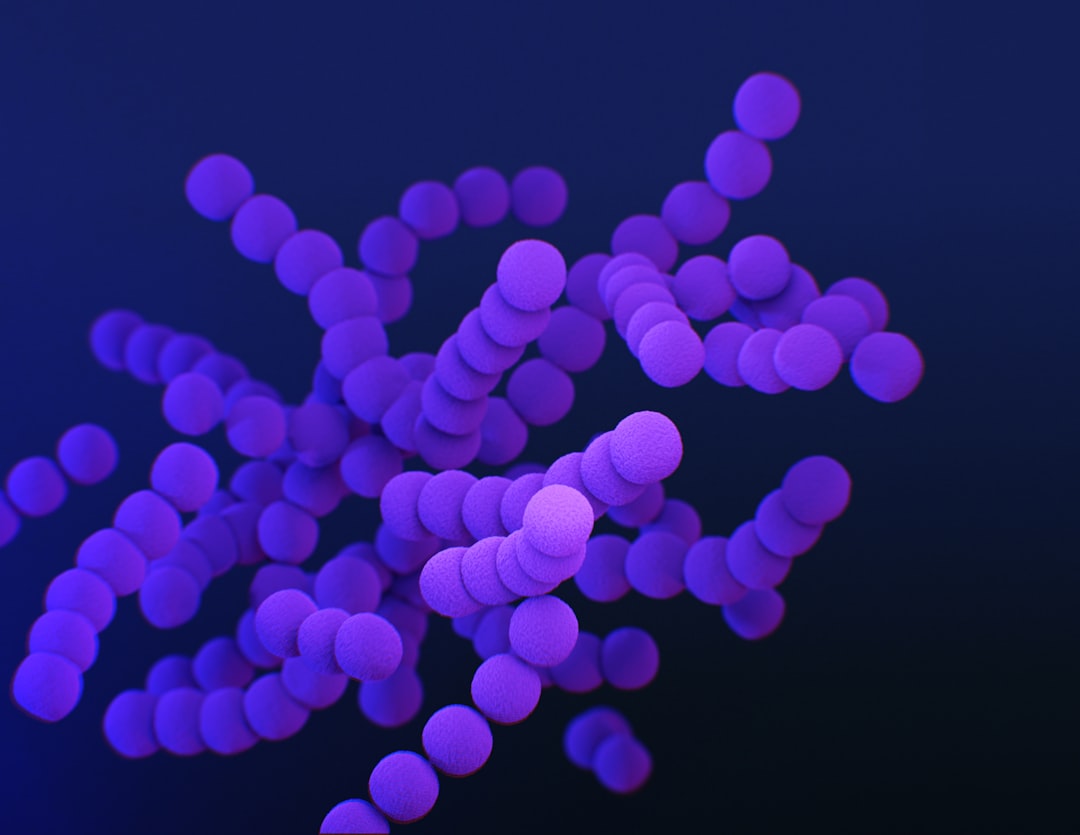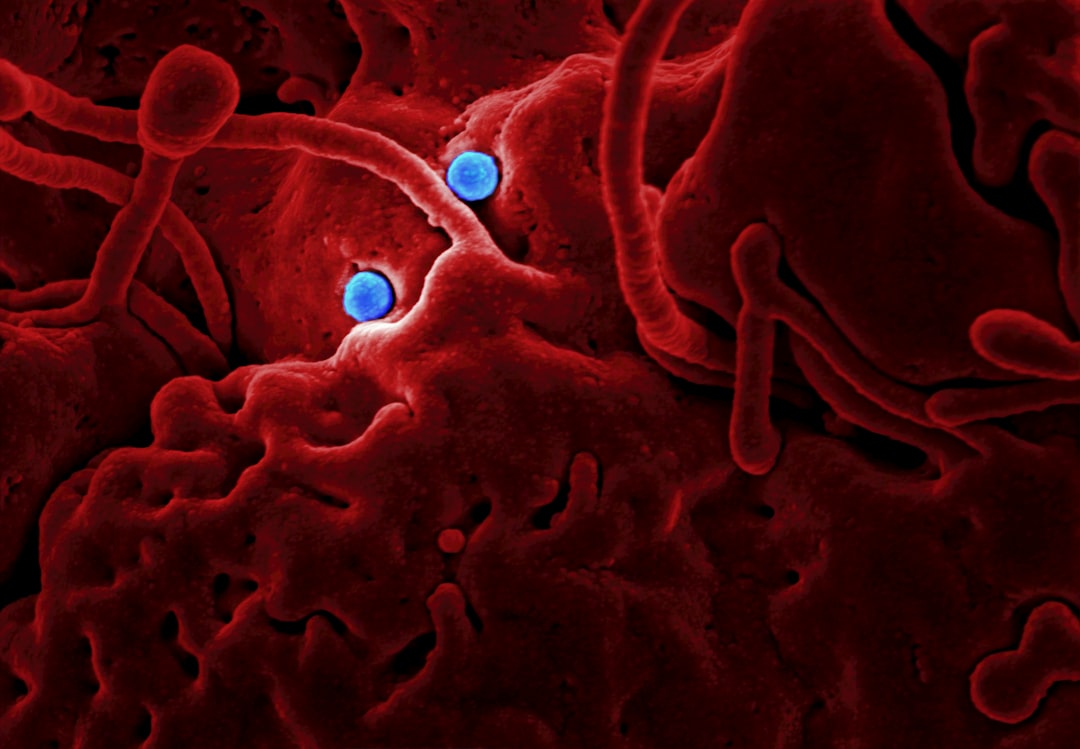What is it about?
In this mini-review, we go over what is known about infection-related filamentation in pathogenic E. coli during urinary tract infections. We also discuss how the regulation of filamentation and reversal back to rod shape may be different from that of normal cell division.
Featured Image

Photo by CDC on Unsplash
Why is it important?
Urinary tract infections (UTIs) are established when a uropathogenic microbe enters the urinary tract, avoids the immune system, and initiates colonization and infection that damages the host. They are among the most common bacterial infections with many resulting in antimicrobial resistance (AMR)-related deaths. A study over 10 years, following 700,000 community-acquired UTIs, found that uropathogenic Escherichia coli (UPEC) was the causative agent in 70% of cases, with Klebsiella pneumoniae and Proteus mirabilis in 10% and 5% of cases, respectively. Estimations have suggested that at least 150 million people experience a UTI annually. Certain groups are disproportionately at risk, with the majority (approximately 60%) of women experiencing at least one UTI in their lifetime. Recurrent UTIs (rUTIs) are also prevalent: With up to 25% of patients experience another infection in months after apparently successful antimicrobial treatment, partly due to the rise of antibiotic-resistant UTI pathogens. It is not yet clear how rUTIs are so persistent, but key to understanding this may be in the specific bacterial lifestyles and infection cycles. Here we focus on what is known about bacterial filamentation and reversal in a bladder environment.
Read the Original
This page is a summary of: Bacterial filamentation during urinary tract infections, PLoS Pathogens, December 2022, PLOS,
DOI: 10.1371/journal.ppat.1010950.
You can read the full text:
Contributors
The following have contributed to this page










